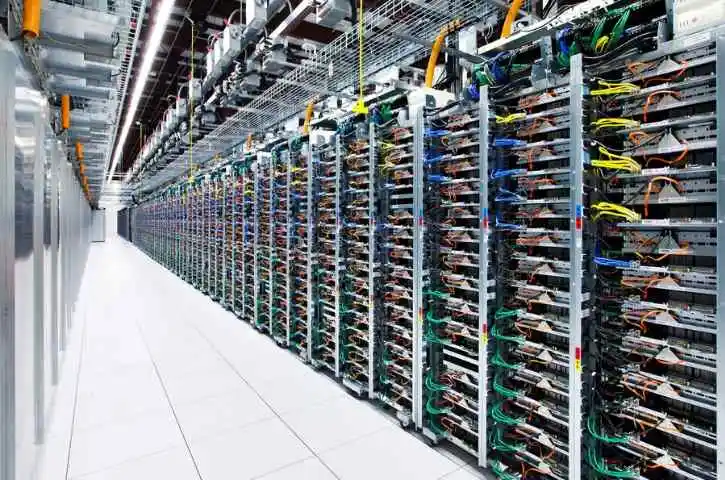Real-time Energy Management
Energy & Big Data: What You Need to Know
The creation, analysis, and application of data in the business world has grown at an astonishing rate. Forbes rated big data as one of its Top 10 Trends for Digital Transformation.
They claim that “every important decision can and should be supported by the application of data and analytics.” And this trend is not just for some industries and some departments – it is driving a complete rethink of the way business is done across the board.
Energy is no exception. Companies used to struggle with uninformed and unmonitored efforts to reduce energy costs. Now they are turning to professional energy management systems that automate everything from data collection to reports to real-time alerts. So, let’s see where energy management fits into the “Four Vs” of big data: Volume, Velocity, Variety, and Value.

Volume
Let’s take a simple five-floor office building. Chances are that building has a single electricity bill that it receives on a monthly basis, which totals to twelve bills per year. As far as data volume goes, this one hardly requires a new server rack. But there’s not much you can do with that data either, besides pay the bill.
Now let’s put in an energy management system. The first data increase comes from time – instead of monthly data, we now have minute-by-minute data. That’s 43,200 times as many data points. The second data increase comes from sub-metering. Measuring just ten different areas of energy use in the building yields ten times as much data. This brings the total number of data points to over 5 million, or 438,000 times more than we had with the bills.
Now we can do some analysis and find some insights, but Excel was not built to handle 5 million data points quickly and easily. Dedicated tools on the cloud are needed to process the data flood and turn it into usable information.
Velocity
Suppose your office air conditioning is controlled by a timer. One day that timer malfunctions so that the air conditioning turns on from midnight to 6:00am every night. It’s unlikely someone would notice the problem right away – the office is empty – and it would take at least a month to see the result in the next bill. It could take even longer to recognize the problem as recurring and get someone to investigate.
But with big data, there’s no waiting. The data is collected, processed, and acted upon almost instantly, and you find an energy alert on your phone before you even get to the office the next day.
The problem takes on a feeling of urgency and action is taken immediately to resolve the problem. The difference between the two scenarios could be thousands of dollars. When it comes to data, speed matters!

Variety
Many buildings have been measuring energy data for years already. Unfortunately, that data is often “siloed” in a variety of incompatible systems, different formats, and separate servers. Bringing it all together for centralized analysis and review is a job for the cloud. You need specialized cloud software that can interpret the data from the hardware vendor(s) you have chosen over the years.
Moreover, interpreting energy data effectively requires more than just energy data. Data about outside temperature, floor area, and occupancy can play a crucial role in assessing energy performance. Bringing it all together in one place and making magic happen is no small task!

Value
At the end of the day, huge amounts of data, gathered from all over, and delivered instantly, is still useless if there’s nothing you can do with it. The data must have value to your organization, and of course energy data passes that test.
With the right data, you can identify opportunities for energy saving, take action, and then verify the impact of your actions. This ongoing feedback cycle delivers and maintains costs savings and carbon reduction. No company would dispute that value.
But the value of energy data goes beyond energy savings. The right data can help to engage your staff, improve internal communication, and give a quantitative basis for capital investment planning. In short, data can keep things running smoothly and give you confidence that you have mitigated risk to an acceptable level.
About En-trak
En-trak is an award-winning cleantech IoT company. We design and sell cloud-based solutions to help enterprises manage and optimize their energy consumption. Our flagship solution En-trak™ Energy enables users to know where, when and how they are using energy in real-time.
With continuous monitoring and advanced analytics, we’ve helped over 250+ world-class clients including Hong Kong Stock Exchange, National Environmental Agency, and Fuji Xerox achieve their sustainability goals. We’ve also recently launched our brand-new, patented En-trak™ Smart Lighting solution designed to help companies and building owners to automate and optimize their office lights.